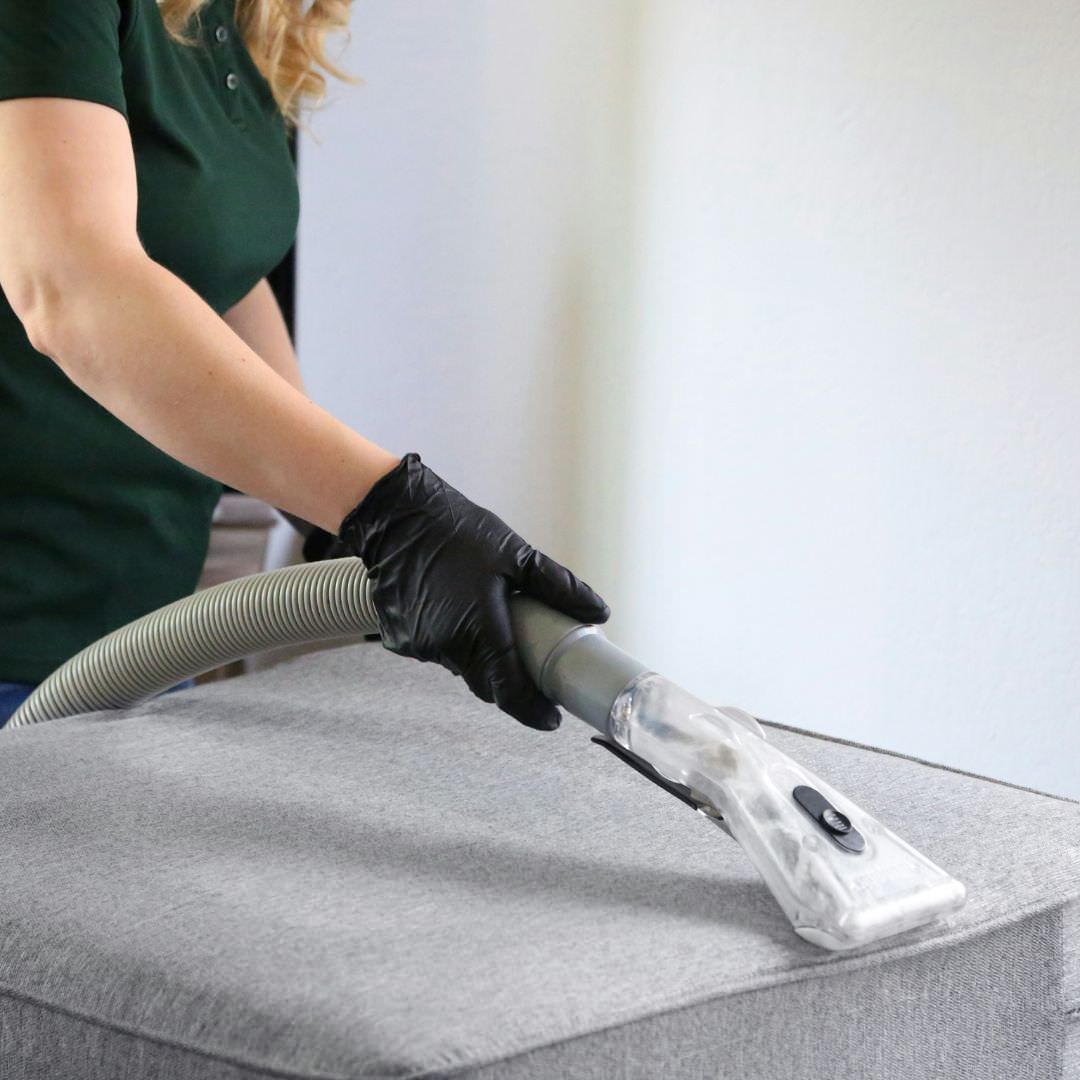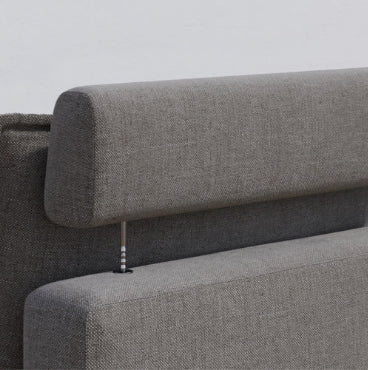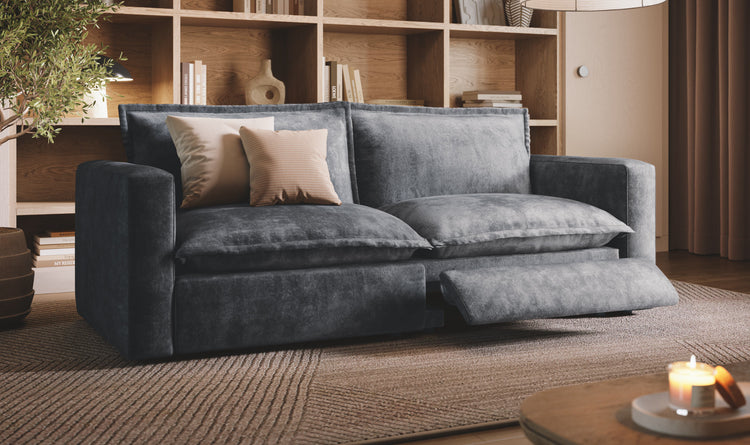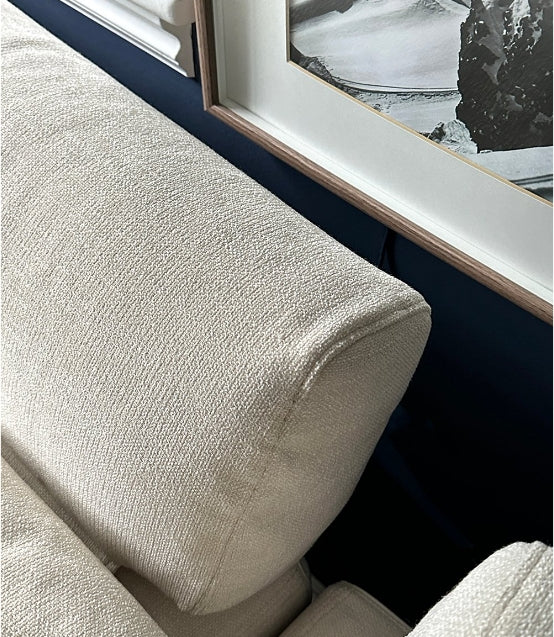Is your couch starting to show signs of wear and tear? From mysterious stains to lingering smells, it's clear that life's little messes don't bypass our beloved sofas. But don't worry, a solution is at hand. With a few effective cleaning techniques, you can easily restore your couch to its former glory. Get ready to dive into a deep cleaning session that will leave your couch looking and feeling fresh.
Supplies You'll Need
Selecting the right tools is crucial for effectively cleaning your couch. Whether it's the luxurious feel of leather, the snug comfort of microfiber, or the delicate touch of velvet, each material has its own cleaning quirks and requirements.
- Upholstery Cleaner: Tailor your choice to the couch's fabric. Leather calls for a dedicated cleaner, while fabric sofas may benefit from either water-based or solvent-based options. For instance, a cleaner that works wonders on a sturdy microfiber might be too harsh for a delicate suede.
- Brush or Sponge: Use a soft brush for most fabrics, ensuring efficient cleaning without harming the material. For more fragile fabrics like silk or velvet, a softer sponge is advisable to prevent any potential damage.
- Microfiber Towels: These towels are universally suitable due to their softness and effectiveness, perfect for any material.
- Baking Soda: An excellent choice for fabric sofas to eliminate odors and light stains, but use it cautiously on leather.
- Vacuum with Attachments: Fabric sofas can handle a brush attachment, but opt for a softer nozzle for leather to avoid scratches.
- Mild Soap: Generally safe for fabric, but avoid using it on leather as it can cause damage.
Fabric Freshening
Each sofa material requires a specific approach for effective and safe cleaning. Here's how to adjust your technique to suit different types of upholstery, ensuring your sofa remains the centerpiece of your living space, from family gatherings to quiet reading corners.
- Vacuum Thoroughly: Begin by adjusting the vacuum to suit the fabric's needs. Use a low suction setting for delicate materials like velvet to avoid pulling or damaging the fibers. A regular setting is adequate for more resilient fabrics like microfiber. This step is crucial in removing unseen dirt and dust that can rub into the fabric during cleaning.
- Select and Test Cleaner: The choice of cleaner is pivotal. Always perform a discreet spot test, perhaps under the cushions or on the backside, to ensure there’s no color fading or textural change.
- Scrub Gently: Utilize a soft brush for sturdy fabrics, perfect for tackling everyday wear and tear, like the occasional food spills during movie nights. For more delicate materials, like a velvet sofa, opt for a sponge, dabbing gently to lift stains without pressing too hard.
- Blot and Dry: After scrubbing, gently blot the area with a microfiber towel. This step is about absorption, not rubbing, which can be particularly damaging for any fabric coatings. It's like patting dry your favorite delicate garment instead of wringing it out.
- Repeat as Necessary: Work through the sofa methodically, section by section. This ensures even cleaning and allows you to focus on areas that might see more use, while also being careful.
Cushion & Crevice Cleansing
Attending to cushions and crevices is crucial for maintaining the overall cleanliness and longevity of your couch, regardless of its type. This step addresses the hidden areas that accumulate daily life residues, from food crumbs during family movie nights to pet hair from your furry friend's favorite spot.
- Vacuum Cushions and Crevices: When vacuuming leather cushions, use a gentle touch to avoid scratches or unnecessary pressure that could distort the material. For more resilient fabric cushions, you can be a bit more thorough, reaching deep into the crevices where crumbs and dust tend to hide. This is especially important in households with kids, where tiny treasures often find their way into these hidden spots.
- Wipe Cushions: For leather, a damp cloth often suffices to renew the surface, gently lifting away daily grime without the need for harsh chemicals. Fabric cushions, on the other hand, might require a mild soap solution to tackle accidental juice spills or dirty paw prints. It’s about restoring freshness without compromising the integrity of the material.
- Clean Tight Spaces: Use material-appropriate tools. A soft brush attachment on your vacuum can gently coax out debris from delicate fabric crevices, while a stiffer tool can be used for more durable materials. It's about reaching those often-neglected nooks where dust and small particles accumulate over time.
- Spot Clean Covers: Address stains promptly and according to the material's care instructions. Whether it’s a coffee spill on a Sunday morning or a marker streak from a child's creative endeavor, using the right cleaning approach will keep the material looking as good as new. When in doubt, spot-clean it out!
- Wash Covers if Removable: Always consult the care label. Some fabrics may shrink or lose color in water and are better suited for dry cleaning. It's about maintaining the appearance and feel of the fabric, ensuring that your couch remains a comfortable and inviting centerpiece in your home for years to come.
The Bottom Line
This guide can help you better understand your couch or sectional and how to care for it with proper tools and techniques. Routine care tailored to your couch's material can greatly extend its life and beauty. In cases of stubborn stains or uncertainty about the material, seeking professional assistance is always recommended. Revel in the comfort of your revitalized couch, now primed for many more years of relaxation and enjoyment!







